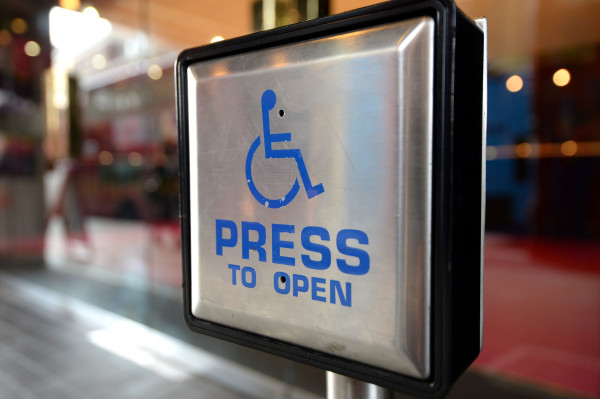Proactivity is the real key though, and needs to be taken to heart by disabled women just as much as the companies who could benefit from their skills.
The onus cannot be entirely on businesses – it is impossible to hire people who are not applying for jobs.
That does not mean employers can just make themselves accessible and write the appropriate policies to make equal hiring a theoretical possibility.
They must take steps to shift cultural perceptions and make it known that they welcome applications from all.
Furthermore, companies need to evidence that they will provide a working environment which will not only allow disabled women to flourish, but also allow their employers to get the most out of them.
This may mean looking at the job or the place of work from a slightly different perspective, but there are very few circumstances which cannot be overcome with imagination and commitment.
Careers advice, particularly for people with physical disabilities, is to seek work in the public and charity sectors as they are seen as needing to “set an example” and lead the way in diversity and equality in employment.
The bitter irony is that this is completely backwards.

Besides the financial benefits, many group insurance policies include a broad array of support services which can be used day-to-day.
The private sector is better equipped to employ disabled women, with more money to make reasonable adjustments and more freedom in how it is spent, and has the most to gain through improved productivity.
It is a sad fact that the private sector is still viewed collectively as the heartless engine of capitalism and inequality, but that reputation can change if employers lay the groundwork and take concrete action.
Change will not happen overnight, but a clear message, backed by consistent investment and action, can gradually shift attitudes and perception among relevant demographics and the wider public.
Protection benefits
One step which can encourage disabled women to consider private sector employers and see that they are serious about providing for their needs is to provide group insurance benefits with inclusive eligibility conditions, such as a very simple “all employees”.
For most employees, cover is provided without the need to provide any medical information.
This means valuable life insurance or income protection benefits can be gained by people who may otherwise struggle to acquire them, with the added bonus that they do not cost the worker anything.
Besides the financial benefits, many group insurance policies include a broad array of support services which can be used day-to-day, such as employee assistance programmes, second medical opinion services and apps which may track wellbeing, or offer retail discounts and other perks.











